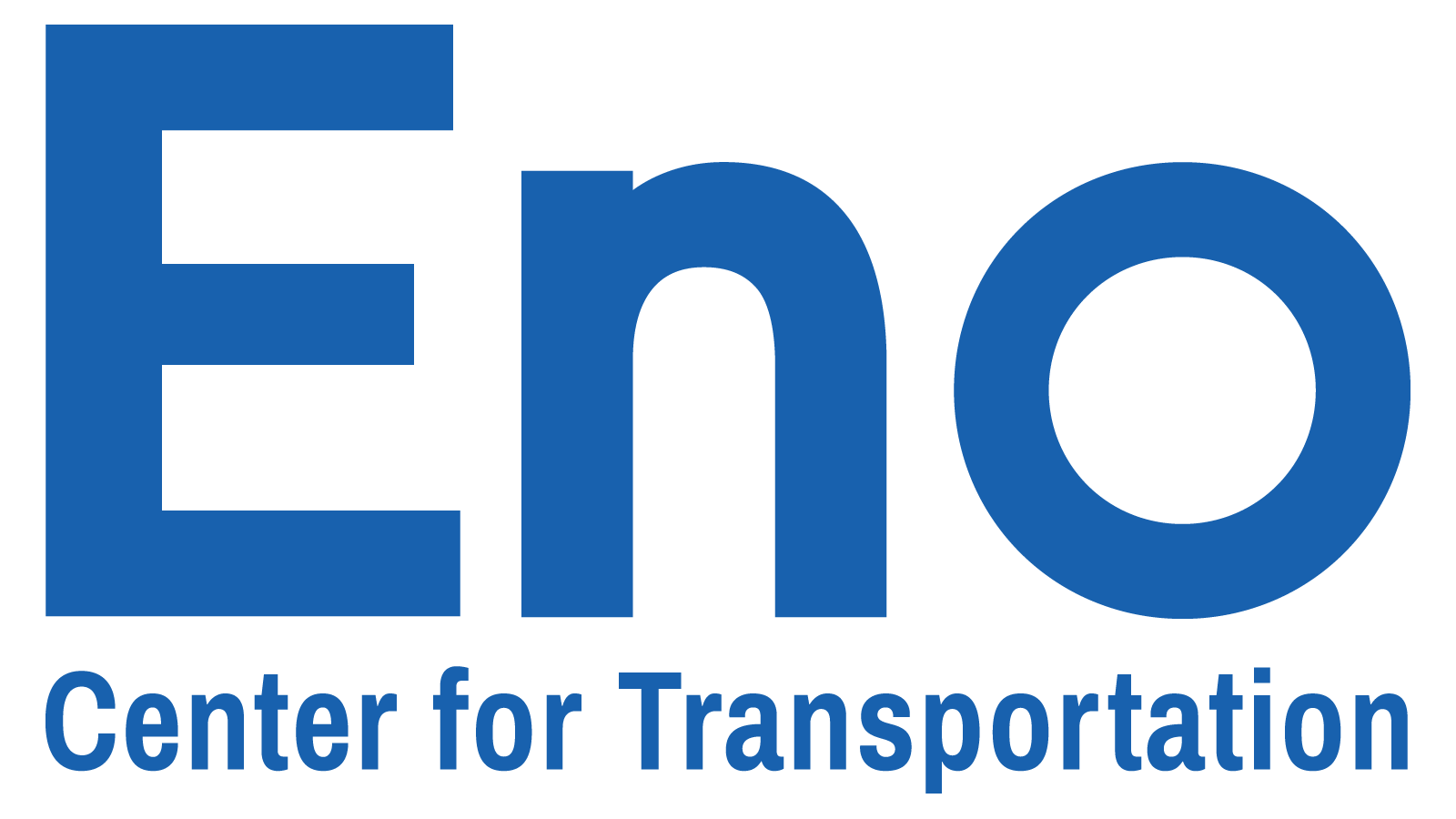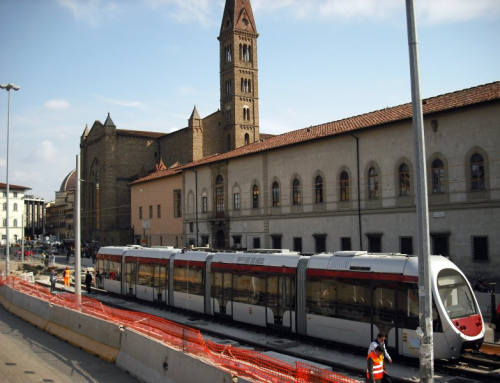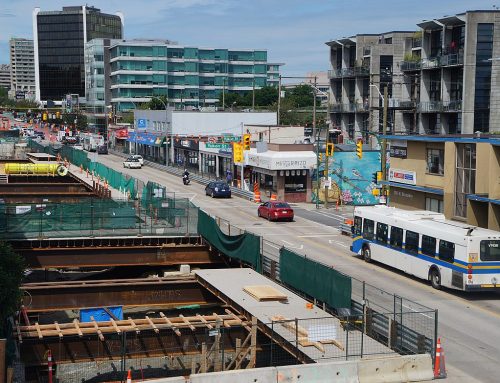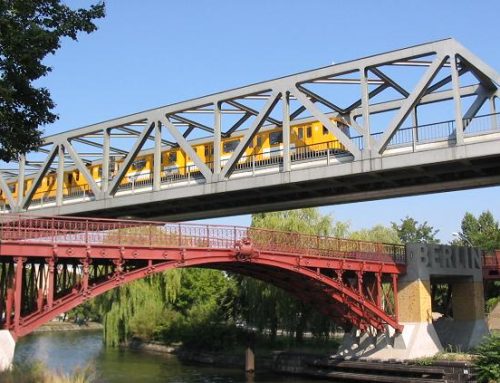Paris
Paris’s rail transit network is one of the largest in the world, consisting of 16 metro lines, 10 tram lines, seven commuter rail lines, five hybrid commuter-rapid rail lines (RER), and 58 bus lines. Much of the recent network extension has occurred in the city’s suburbs, but still in a dense environment.
The Île-de-France region –the administrative region that includes Paris—is currently in the midst of constructing an additional 124 miles of railway tracks, 90 percent of which will be built underground, and 68 stations to primarily connect the region’s suburbs.481 This initiative is formally known as the Grand Paris Express (GPE). In recent years, the region has expanded its transit network by extending heavy rail lines and by building out its tram system, which has been in operation since 1992. This case study focuses primarily on these recently-completed buildouts, but also incorporates some takeaways from the GPE and other ongoing metro and tram construction projects.
While the recently-completed transit projects primarily represent short extensions of existing lines, Paris was chosen as a case study due to its dense urban enviro nment and its buildout of tram lines. Because transit expansion in Paris has been limited to minor heavy rail extensions and light rail buildouts outside of the inner-city limits, this case study is aimed more at understanding the key policy a nd institutional factors that influence transit capital project delivery in that region than specific technical or engineering elements.
Project delivery in Paris is characterized by a robust public participation process, stringent environmental review, and strong public sector staff capacity to manage projects. Recent concerns over project timelines and costs have led project sponsors to consider alternative procurement models, like DB, that allow for more contractor input on design and increased risk transfer between public and private partners.
Table of Contents
Governance Overview
Project delivery in the Paris region requires coordination among a diverse array of governing bodies. Funding is shared by a mix of national, regional, departmental, and local governments and some lines have also relied on borrowing. Project ownership also varies by line.
The national government (i.e. the state) provides financial support for some projects, and denies or grants environmental permits.482 Through a series of decentralization laws in the early 2000s, control of transit planning and operations in Île-de-France shifted from the state to the region, though the state regained some control in transportation planning in 2010 by creating the Société du Grand Paris to execute the GPE program.483
The devolution of national control coincided with major investments in transit starting in 2000. France uses a six-year planning document known as a State-Regional Plan Contract (CPER) to coordinate on priorities for infrastructure planning and development between the state and the regions. The plan for 2000-2006 CPER included several major investments in tram and metro lines, many of which were completed in the following decade.484
Paris sits in the Île-de-France region, which is the most populated of the 18 subnational regions. The region provides funding for transit infrastructure and operations and manages the regional transit system.485 Within Île-de-France there are eight administrative departments (e.g. Hauts-de-Seine to the west of Paris) or cities (e.g. Paris) that also contribute funding toward projects.486
Project management is handled by urban transportation organizing authorities (AOTUs).487 A series of laws passed throughout the 1990s and early 2000s merged transportation policymaking with urban planning and environmental considerations at the local and regional levels.488 The AOTU for the Paris region is Île-de-France Mobilités (IDFM). As the integrated public transport authority for the region, IDFM designs projects to expand and improve the public transportation system, carries out preliminary project studies, conducts public outreach, manages construction contractors, and owns transit infrastructure.489 IDFM also organizes the day to day operations of the public transportation system by creating and administering ride passes, financing operations and rolling stock purchases, and overseeing network operation by contractors like the RATP Group, Transdev, and SNCF.490 IDFM conducts and oversees the bidding process for consulting firms and issues contracts for construction companies.
IDFM is governed by a council of 31 elected regional council me mbers (16 representing the Île-de-France region, 5 representing Paris, 7 representing the region’s departments, and one each representing the Île-de-France Chamber of Commerce, the presidents of public intermunicipal cooperation establishments, and public transportation rider associations), and has a regional council president and a separate chief executive.491
The RATP Group is a state-owned company that operates and maintains trams, metro lines, buses, and regional trains in Paris. Their main responsibility is to operate transit service, though RATP manages project extensions for existing rail lines on behalf of IDFM. RATP does not manage new project buildouts.492 RATP has an engineering staff that conducts prospective studies for future projects and modernization work on the existing rail network.493 RATP has a 29-member board of directors comprised of nine representatives of the state, two individuals chosen for their transportation expertise, three that represent diverse socio-economic groups, two from transit rider organizations, two elected officials from towns or regions affected by RATP service, nine elected staff, and two other board members.494 Together with SNCF and French banks, RATP owns 43 percent of the consulting and engineering firm SYSTRA. The company is responsible for project management across all phases of the GPE.495
The GPE is being delivered through a special purpose delivery vehicle, a separate state-owned corporation known as the Société du Grand Paris (SGP). SGP is owned 100 percent by the French government, and was created after the passage of the GPE law in June 2010.496 The SGP and IDFM infrastructure projects are being constructed concurrently but independently. RATP is the technical manager for the GPE.497 The SGP has built out a team of over 800 employees, primarily concentrated in procurement and contract management.498 As a state-owned company, SGP is able to provide starting salaries comparable to those offered in the private sector, and the company has attracted many of its current staff from private firms.
System Overview
TABLE 15: TRANSIT LINES PROFILED IN THE PARIS REGION
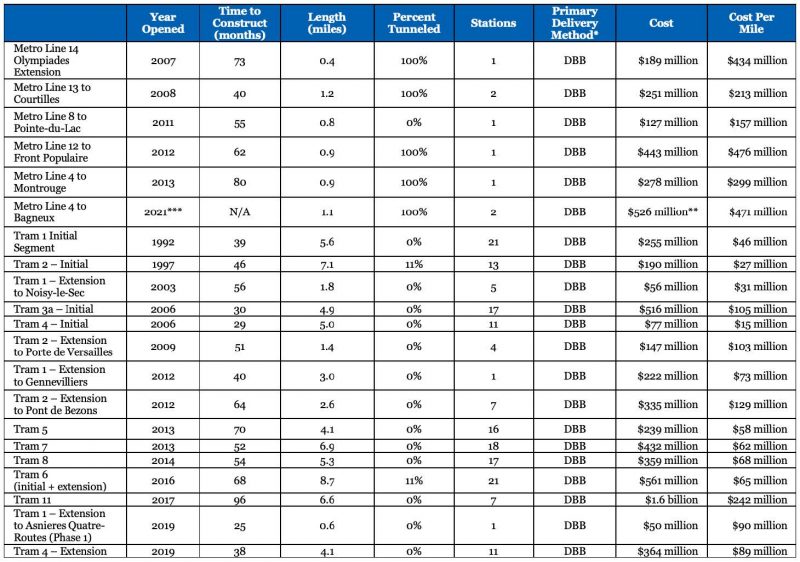
*A single delivery method is not always used on an entire project.
** Projected costs for unfinished projects
*** Projected opening dates
Projects with multiple funding sources and institutional actors can lead to lengthy bureaucratic reviews and delays.
Similar to the United States, projects in France receive a mix of national, regional, and local funding. At the same time however, project managers (e.g. IDFM and RATP) sometimes provide financing for parts of a project. IDFM receives funding from national, regional, and local governments, as well as passenger fares, and taxes on employers (which is the primary source of funding, at between 40-45 percent of IDFM’s overall budget), and some gasoline taxes.499 Whereas most of its budget is allocated to operations, a portion is dedicated to capital projects, and that amount is funded by the state, regions, and individual departments.500
Project ideas come about as a result of studies funded by the Île-de-France region and the French state, and carried out by the operator (typically, RATP) in close collaboration with the city. The project then moves to the Commission Nationale du Débat Public (National Commission for Public Debate—CNDP), which initiates the public consultation process in the affected jurisdictions. A consultation report is then composed to summarize the main themes of the public consultation.501
In 2017, France elected to integrate the disparate environmental assessments into one coordinated evaluation (requiring one application, one contact person, and one environmental permit).502 The permit application is submitted to the prefect (i.e. the national government’s representation in a given region), and the prefect conducts a review, public inquiry, and administers a decision.503 Interviewees expressed that this environmental review process is hard to understand and the efforts to streamline it have only made it more complicated. The decision to create a unified evaluation system was intended to simplify the environmental clearance process, but has created new challenges for transit megaprojects. One interviewee noted that the full environmental impacts of construction may not be fully known until a construction contractor is selected, and the contractor’s choice of digging methods can influence, for example, impacts on groundwater movement. Project sponsors may need to hire a contractor and keep them waiting for up to two years until the environmental review is complete, or risk submitting a partially incomplete assessment. With all of the tests combined into one environmental review, more extensive review is required that can add length to the project’s timeline, though the ultimate effect of this coordination is still unknown since the change was only recently adopted.
Similar to the United States, projects in France face potential delays due to lawsuits brought by constituent groups that want to delay or obstruct a project. However, unlike in the United States, transportation-related lawsuits tend to be brought mostly against road projects, though pushback against transit projects does occur. The financial risk that results from litigation, opposition, and other forms of risk on average amounts to seven percent of total project costs. 504 Other interviewees felt that political leaders often set unrealistic timelines for mega projects, particularly in advance of elections. As a result, projects can be expected to have a six to nine month delay already baked into their timeline.
Opposition to projects are primarily based on environmental concerns. These objections may target specific impacts on species in the ROW, or focus on procedural elements or inadequacy of the environmental review process. In contrast, the GPE is generally viewed in a positive light by the public as it is seen as providing an acute need for providing improved connections between the suburbs and the city of Paris. Currently, residents living along the periphery have fewer transit options to commute between suburbs, but rather have to travel into central Paris and transfer lines.
While there was a broad consensus in favor of the GPE, one notable exception involved Line 17, which will run through the suburbs of northern Paris and serve both Le Bourget and Charles De Gaulle Airports. Line 17 was the subject of significant environmental opposition, specifically with regard to the station serving Triangle de Gonesse, a 2.9 square mile greenfield north of Le Bourget airport. As part of the GPE, the French government proposed developing 1.1 square miles of the greenfield, including a dense, 0.3 square mile commercial and retail center called EuropaCity.505 EuropaCity, and consequently Line 17, was subject to significant pushback over the impact of development on the area’s natural farmland. The project also received opposition from groups that were against the project’s commercial, private nature and viewed the project as a symbol of consumerism.506
In a January 2018 report, the national department overseeing environmental review of transportation and urban development—the General Counsel for Environment and Sustainable Development—determined that there were signific ant gaps in the environmental assessment of Line 17, particularly on the impact of the project on water resources, species, and other habitats in Gonesse. 507 The report also found that the EIA did not adeq uately distinguish between the impacts of the metro line itself with the proposed urban development, and called for additional studies and revision and inclusion of alternative scenarios.
Citing similar inadequacies in its environmental assessment, a court in Montreuil ordered the suspension of all work on Line 17 near Gonesse for one year in November 2019 pending additional study and development of mitigation measures for the line’s potential impacts on protected avian breeding sites.508 Amid continued opposition, President Emmanuel Macron formally cancelled the EuropaCity project in November 2019, and while an alternative plan is in the works, the future of the development zone is uncertain.509
The suspension of work on Line 17 was ultimately overturned by a court of appeals in Versailles in November 2020, ruling that the project fell under the jurisdiction of the administrative court in Paris, which had authority over public projects associated with the 2024 Olympics.510 Construction on the rest of Line 17 resumed shortly after, and while the segment serving Le Bourget airport is expected to open by 2024, other elements of the line will likely be delayed as a result of the suspension.511
Alternative delivery methods help transfer risk between public and private partners and increase collaboration with contractors.
Transit projects in Paris have traditionally been delivered using DBB due to strict national regulations that, with few exceptions, require design and construction to be procured separately.512 Amid legal uncertainty over whether SGP would be able to seek authorization to use DB, France modified its procurement laws to explicitly allow the company to enter into DB contracts.513 Additional reforms to French procurement law have expanded authority to design-build in other public sectors (namely the Interior, Justice, Defense, and Health ministries), for social housing projects, and for projects that will have a net positive impact on energy efficiency.514 As a result, there is recent interest in utilizing alternative delivery methods like DB that allow more risk to be transferred to the private sector, as well as allow for more collaboration with contractors.
In addition to a tradition of using DBB, the French and EU governments also encourage public entities to break construction contracts into multiple packages to allow for more competition. In some cases, there can be up to six contracts for a single station. While this arrangement can be convenient and help keep project timelines in check, it also requires project sponsors to be very accurate when specifying their design needs. Having a large number of contracts for individual project components can lead to contractors blaming one another for project delays and demanding compensation, with the project sponsor ultimately footing the bill.
SGP issued its first DB procurement on the East and West segments of Metro Line 15 in September 2020, which will form a 47 mile loop around the periphery of Paris as part of the GPE.515 Technical challenges associated with the proposed La Defense and Mairie d’Aubervilliers stations on Line 16 introduced additional design and engineering complexity.516 As a result, a DB procurement was used on this project to preserve schedule and budget while achieving the architectural goals of these complex stations.517 DB was also attractive to SGP as a means of preventing midstream project changes and scope creep.
As part of its aim to better handle risk on major projects, SGP is also employing the use of competitive dialogues with contractors.518 This is intended to allow for earlier contractor input on design and provide opportunities to negotiate design, risk transfer, and management on major projects with potential bidders. One of the areas where interviewees felt significant risk often cannot be transferred to a private partner is geotechnical or underground work, particularly when there are uncertainties about the site conditions that may be encountered when tunneling. However, in cases where project sponsors have a clear understanding of site conditions, there are opportunities to transfer a sizeable portion of risk to the private contractor.
RATP is also aiming to incorporate more contractor involvement in design by modifying its procurement model. Rather than procuring a project after conducting initial design, RATP intends to put projects out for competitive bidding first, then work with the selected contractor on project design.
